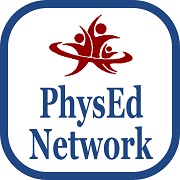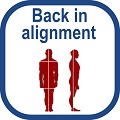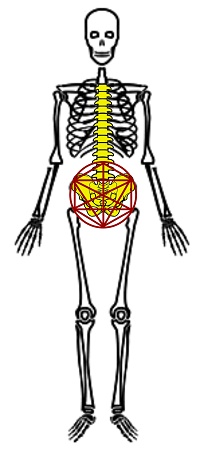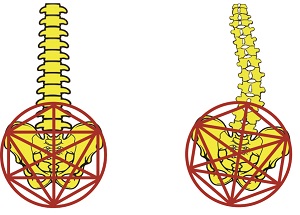|
|
|||
| fitter - healthier - happier | |||
|
20m run test of aerobic fitness
Back in Alignment musculo-skeletal health program
Member of the Frontline Primary Health Care Network
|
Musculo-skeletal health program
PERSONALLY-GENERATED
JOINT AND MUSCLE PAIN There is an epidemic of personally-generated joint and muscle pain. 30% of people give themselves 5/10 or less when asked to rate the current condition of their musculo-skeletal system. Most people with joint and muscle pain do not have and never have had a regular and systematic strength and flexibility training program.
The decline of strength and flexibility
begins early in life. Schools don't include a strength and
flexibility program in PhysEd lessons - and yet there is the opportunity
to start or end each PhysEd lesson with a few strength and flexibility
exercises..
The premise is that a high proportion of joint and muscles pain occurs when, over the weeks, months, years and decades, tight muscles gradually pull bones out of alignment.
A regular and systematic class-based strength and flexibility exercise session helps keep the skeleton in good alignment and muscles strong enough to support it.
WHAT TO DO NEXT
Click here to view the Clinical Diagnostic Assessment template.
A Miller Health project 7 Salvado Place, Stirling (Canberra) ACT 2611 Australia 61 2 6288 7703
|
||




